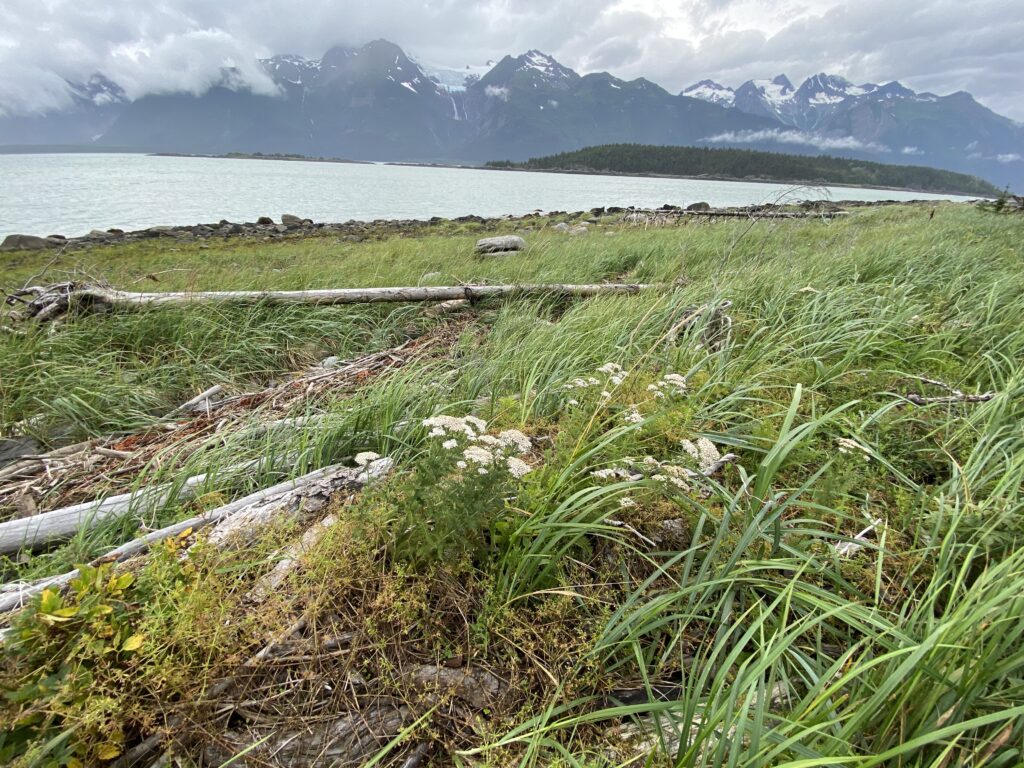Hello there! My name is Ali Marvin. I am Lingít and a lifelong Alaskan living in Anchorage. I am a clinical-community psychologist and do clinical work, research, and program development. I am really interested in the blending of Western psychology with traditional Alaska Native culture and what that can open up in terms of culturally aligned interventions. I have done some plant programming that implements healing and want to learn more to deepen this! I also just really love nature and eventually discovered that a love of plants has specifically been in me since I was little. My favorite plant is yarrow! Such a special, beautiful plant, and powerful medicine.
I am very new on my plant journey. I took an introduction to vitalist herbalism course through the Northern Appalachia school of herbalism and ethnobotany online. I have such high praise for the instructor and the course. I would like to take the next course she develops which is more clinically oriented to using herbal remedies. Her program definitely centered Western herbalism as coming from Indigenous peoples and decolonization was a focus of her program. Anyhow, I decided to enroll into the ethnobotany certificate program to deepen my knowledge of plants. I also have a high respect for the importance of solid plant ID skills! I have harvested wild celery, sea lovage, spruce tips, fireweed, dandelion, rose, raspberry leaf, and pineapple weed. I have gotten to practice making medicinal teas, vinegars, honey, and salves. Below is my favorite stand of yarrow I have come across on Jilḵat Ḵwáan (aka near Klukwan).



Welcome Ali,
you have a fascinating career paths, I hope this class can contribute some additional pieces to your journey. Yarrow is a beautiful and abundant plant throughout Alaska and inhabits so many different habitats as your picture beautifully illustrates. It is another example of how the sunflower family has diversified its ranges, and adapted to many unique niches across the world. Research has shown that there are large differences in chromosome numbers. Soils in tetraploid (4 sets of chromosomes) sites are indicative of more organic matter and gravel, but less sand, than soils in sites where the hexaploid (6 sets of chromosomes) populations are found. Hexaploid yarrow is allied with sand dune specialists, whereas tetraploid (4 sets of chromosomes) Achillea is associated with grassland and the forest edge. The role of ploidal change in fostering rapid, adaptive divergence in yarrow is adding to this appeal of this fascinating and valuable species on many levels. I sometimes use it in a simple pasta dish.